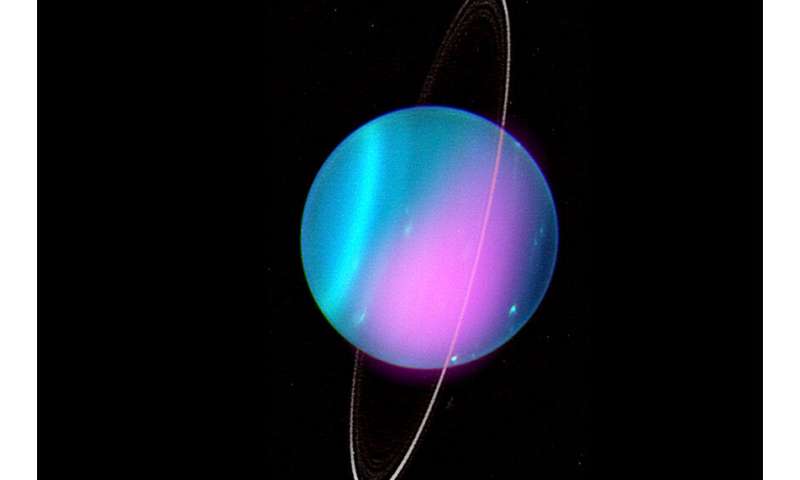Best of Last Week – X-rays from Uranus, AI that predicts drug properties and cholesterol protein found

It was another good week for space science as an international team of researchers studying data from NASA's Chandra X-ray Observatory discovered X-rays from Uranus for the first time. Also, a team working with the NASA/ESA Hubble Space Telescope revisited the Veil nebula, this time capturing much more detail thanks to new processing techniques. And authorities in Washington state confirmed that a piece of SpaceX rocket debris crashed on a farm in an eastern part of the state—this came after reports from across the Pacific Northwest of brightly colored objects streaking across the sky.
In technology news, officials with Google announced an update to its Developer Program Policy that prohibits applications from logging which other apps are installed. Also, a combined team from the University of Toronto and LG AI Research announced that they had developed an "explainable" artificial intelligence algorithm that can be used to identify defects in display screens. And a team with members from Fudan University's School of Pharmacy, the National University of Singapore and Zheijang University announced a a deep learning model that can predict pharmaceutical properties—called MolMapNet, the module can be used to reduce the time and expense involved in developing new drugs. Also, a team with members from several institutions in China announced that a new strategy for enhancing the performance of silicon heterojunction solar cells.
In other news, a combined team of researchers from Scripps Research and Helix found evidence that the B.1.1.7 U.K. variant of COVID-19 is spreading rapidly in the United States.
A team at Harvard University canceled a test of a technology aiming to cool the planet using solar-reflecting particles released from balloons—the team canceled the project, called SCoPEx, because they came to agree with critics who deemed it too risky.
And finally, if you have high LDL cholesterol levels in your blood, and thus an increased chance of a heart attack, you may want to check out the work done by a team at the University of Alberta Faculty of Medicine & Dentistry—they identified the protein that blocks the body's ability to clear bad cholesterol, which could lead to better therapies.
© 2021 Science X Network